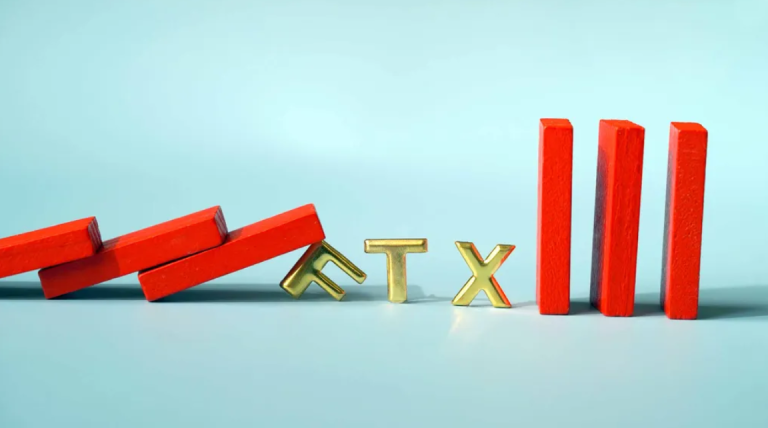Yield farming has taken the world of decentralized finance (DeFi) by storm. It offers an opportunity to earn substantial returns on cryptocurrency holdings, but it’s not without its risks. This guide delves into the world of yield farming, helping you understand the dynamics, potential rewards, and the associated risks.
Yield Farming 101:
What is Yield Farming?
Yield farming involves lending your cryptocurrencies or providing liquidity to decentralized finance protocols in exchange for interest or rewards. These rewards can be in the form of interest, fees, or governance tokens.
Liquidity Provision:
One of the key components of yield farming is providing liquidity to decentralized exchanges. This means you lock up your assets in a smart contract, enabling others to trade with them. In return, you receive a share of the transaction fees.
Potential Rewards:
High Returns:
Yield farming can yield significantly higher returns compared to traditional savings or investment accounts. Some DeFi protocols offer annual percentage yields (APYs) in the hundreds or even thousands.
Governing Tokens:
Many yield farming projects reward participants with governance tokens, allowing them to have a say in the project’s development and decision-making.
Diversification:
Yield farming can provide opportunities to diversify your cryptocurrency holdings, which can spread risk.
Associated Risks:
Impermanent Loss:
When providing liquidity, you expose yourself to the risk of impermanent loss. This occurs when the value of your assets in the liquidity pool deviates significantly from the initial investment. It’s important to understand this risk before participating in yield farming.
Smart Contract Risks:
Yield farming involves interacting with smart contracts, which can have vulnerabilities or be subject to exploits. Make sure to research the projects and use reputable platforms.
Market Volatility:
Cryptocurrency markets are highly volatile. A sudden market crash can lead to significant losses in your yield farming positions.
Regulatory Risks:
DeFi is still a relatively unregulated space. Changes in regulations could impact the legality and operational aspects of yield farming.
Getting Started:
Research:
Thoroughly research the DeFi projects you plan to engage with. Assess their reputation, security features, and community support.
Start Small:
Begin with a small amount to familiarize yourself with the process and reduce exposure to potential losses.
Diversify:
Avoid putting all your assets into a single DeFi project. Diversify your yield farming efforts to spread risk.
Stay Informed:
Keep up with the latest news and developments in the DeFi space. Join online communities and forums to stay updated.
Dealing with Impermanent Loss:
To mitigate impermanent loss, consider providing liquidity to assets with relatively low price volatility or opting for farming strategies that minimize exposure.
Conclusion: The Balance Between Risk and Reward
Yield farming can be a lucrative way to put your cryptocurrencies to work, but it’s not without its challenges. To make the most of this DeFi phenomenon, it’s crucial to understand both the potential rewards and the associated risks. Careful research, risk management, and diversification are key to balancing the risk-reward equation in yield farming. As the DeFi space continues to evolve, staying informed and adapting to new strategies is essential to navigate this dynamic financial landscape successfully.

































